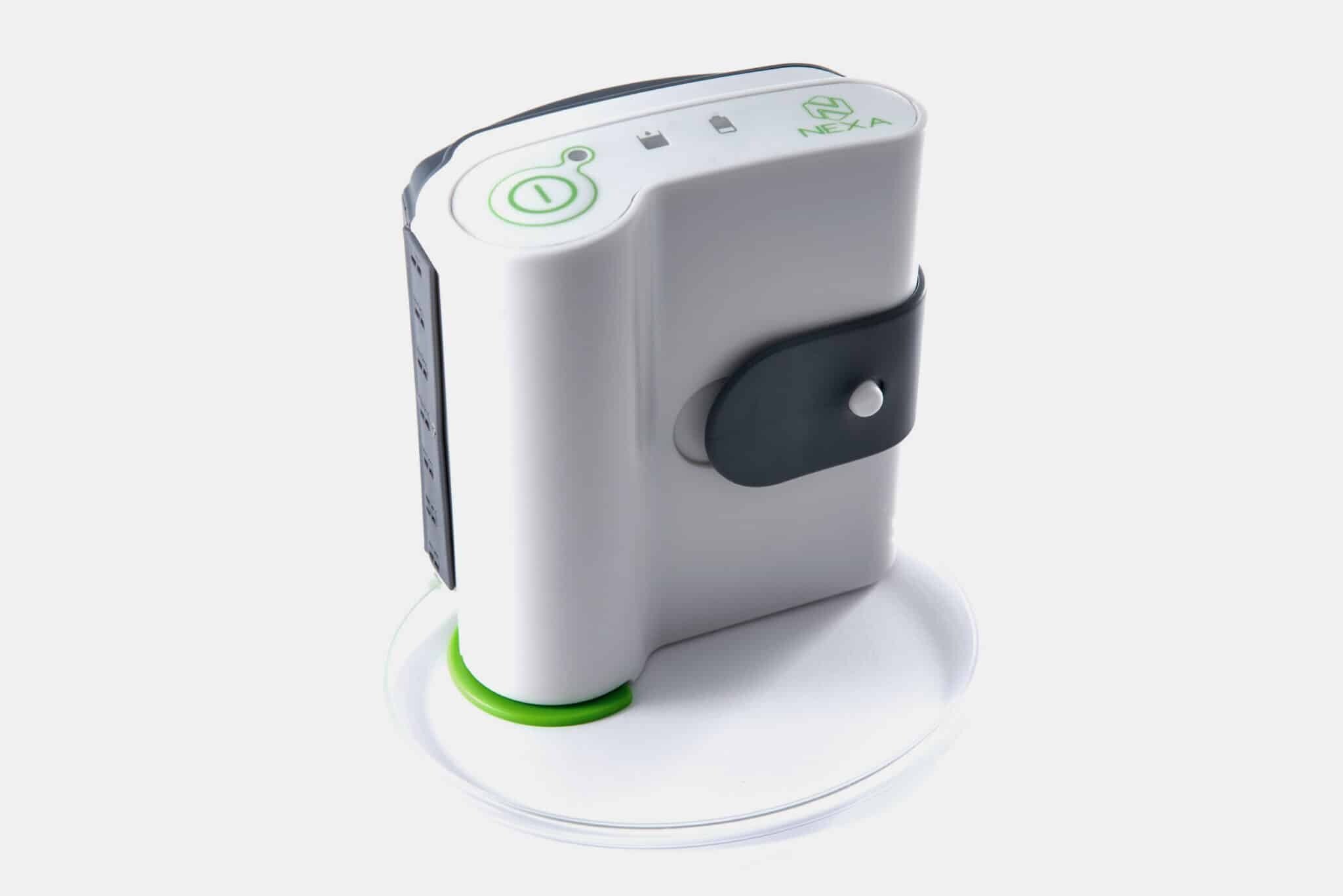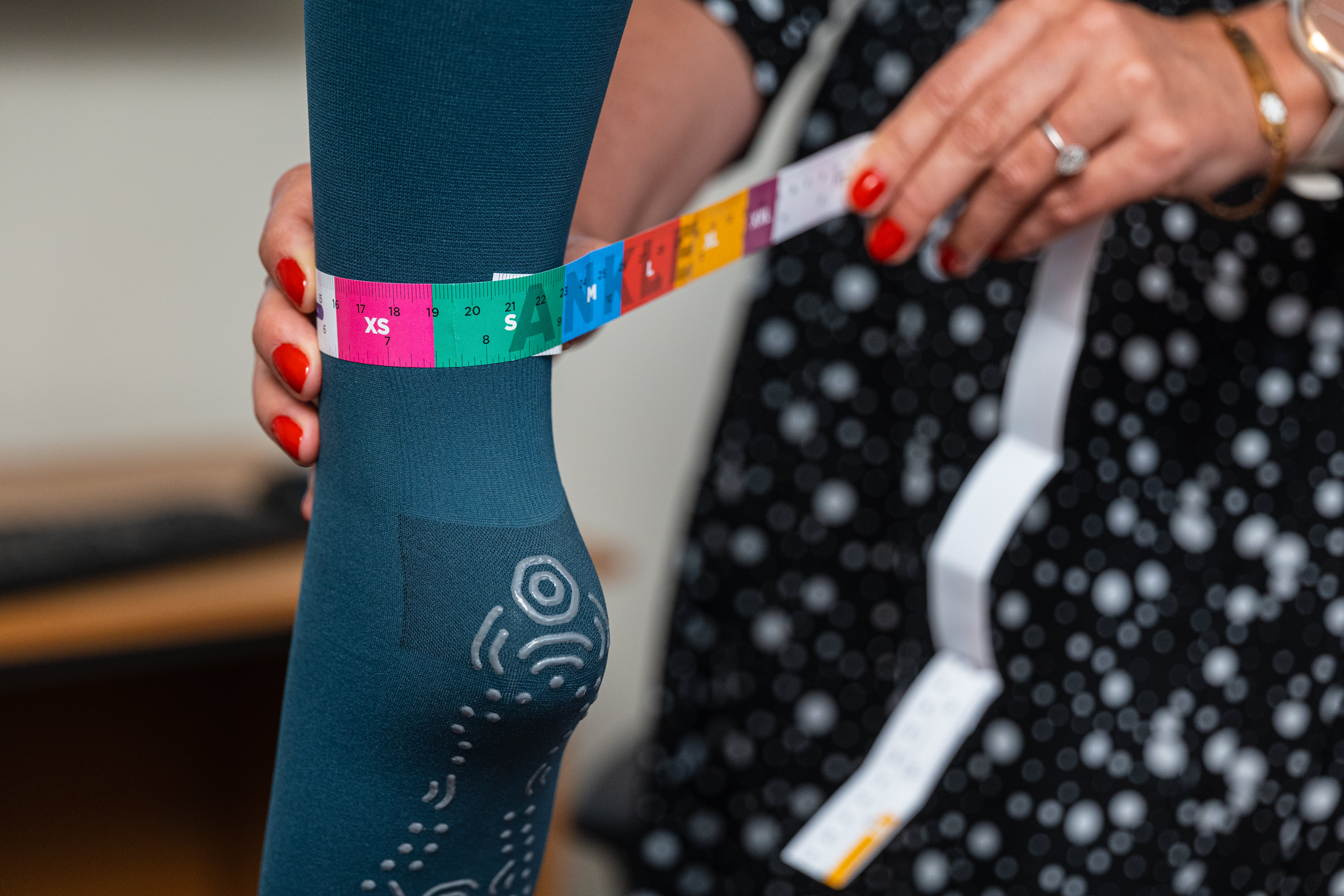Your Guide to Negative Pressure Wound Care

A Guide to Understanding Negative Pressure Wound Therapy
Wound care is a critical aspect of medical treatment, significantly impacting patient recovery and quality of life. One innovative approach that has revolutionised wound management is Negative Pressure Wound Therapy (NPWT). This blog will discuss the principles, mechanisms, benefits, and practical applications of NPWT. This will provide insights to both experts and beginners in the field.
The Basics of Negative Pressure Wound Therapy
Negative Pressure Wound Therapy (NPWT), also known as vacuum-assisted closure (VAC) therapy, uses controlled suction to treat wounds. The core concept is to create a vacuum that promotes healing through several biological processes. NPWT is highly effective for complex, chronic, or non-healing wounds, offering advanced solutions where traditional methods have failed.
How NPWT Works:
The mechanism of NPWT consists of several key components:
1. Sealed Wound Environment:
The wound is covered with a specialised dressing, usually foam or gauze. This is then sealed with an adhesive drape to create an airtight environment.
2. Application of Negative Pressure:
A vacuum pump is connected to the dressing using a drainage tube. This creates a pressure environment within the sealed wound. The pressure level is carefully controlled and can be adjusted based on the wound and patient’s specific needs.
3. Exudate Management: As the vacuum is applied, wound exudate (fluid) is drawn away from the wound bed into a collection canister. This helps to keep the wound environment clean and reduces the risk of infection.
Biological Effects of NPWT:
NPWT facilitates wound healing through several biological mechanisms:
1. Enhanced Blood Flow:
The negative pressure enhances microcirculation in the wound bed, increasing the supply of oxygen and nutrients needed for tissue repair.
2. Reduction in Oedema:
NPWT helps reduce swelling and oedema around the wound site by removing excess fluid. This promotes a healthier environment for healing, reducing the change of wound infection.
3. Mechanical Deformation:
The suction effect of NPWT causes a mechanical deformation of the wound tissues, which can stimulate cellular proliferation and granulation tissue formation.
4. Decreased Bacterial Load:
The continuous removal of exudate helps to lower the bacterial burden within the wound, helping to prevent infection.
5. Stabilisation of Wound Edges:
The negative pressure assists in approximating the edges of the wound, which can be beneficial for large or complex wounds.
Clinical Applications and Benefits:
NPWT has a wide range of applications and offers several benefits:
1. Chronic Wounds:
NPWT is particularly effective for chronic wounds such as diabetic ulcers, pressure sores, and venous stasis ulcers. These types of wounds often fail to heal with conventional treatments, and NPWT can provide the necessary stimulation for healing.
2. Acute and Traumatic Wounds:
For acute wounds resulting from trauma or surgery, NPWT can enhance healing by reducing oedema, promoting granulation tissue, and protecting the wound from external contaminants.
3. Burns:
NPWT can be used in burn management to aid in the removal of necrotic tissue and exudate, preparing the wound bed for grafting or secondary closure.
4. Surgical Wounds:
Post-surgical wounds, especially those with complications like dehiscence (wound reopening), can benefit from NPWT by promoting quicker and more efficient healing.
G&N NPWT Products:
Griffiths & Neilsen offers a comprehensive range of NPWT products tailored for NHS procurement workers and wound care staff. Their offerings include lightweight, portable vacuum pumps that enhance patient mobility and comfort, along with advanced dressings ensuring optimal exudate management and infection control. The product line features user-friendly interfaces and automated pressure adjustments, simplifying use for new users and ensuring consistent therapeutic outcomes.
A standout product is the Nexa device, combining cutting-edge technology with practical functionality. Its intuitive interface allows healthcare professionals to monitor and adjust therapy settings with ease. The device's compact, quiet design enhances patient comfort, while its robust performance supports effective wound healing.
Balancing durability with effectiveness, the Nexa device offers an ideal solution across various clinical scenarios. G&N's commitment to quality and innovation makes their NPWT products valuable for enhancing wound care protocols, aligning with NHS standards and patient care objectives.
Practical Considerations and Challenges:
While NPWT is a powerful tool, it is not without its challenges and considerations:
1. Patient Selection:
Not all patients are suitable candidates for NPWT. Contraindications include untreated osteomyelitis, non-enteric and unexplored fistulas, necrotic tissue with eschar, and malignancy in the wound.
2. Cost and Accessibility:
NPWT can be expensive, and its availability might be limited in some settings. The cost of equipment and supplies, as well as the need for trained personnel, can be a barrier.
3. Training and Expertise:
Proper training is essential to effectively implement NPWT. Incorrect application can lead to complications such as skin maceration or damage to underlying structures.
4. Patient Compliance:
Ensuring that patients adhere to the NPWT regimen, including device usage and follow-up appointments, is crucial for success. Patient education and support are key components of effective therapy.
Negative Pressure Wound Therapy represents a significant advancement in the field of wound care, offering a dynamic and effective solution for a variety of wound types. Its ability to enhance healing through improved blood flow, reduced oedema, and effective exudate management makes it an invaluable tool in modern medical practice.
However, careful patient selection, adequate training, and addressing practical challenges are essential to maximise the benefits of NPWT. As research and technology continue to evolve, NPWT is likely to become even more integral to comprehensive wound management strategies, improving outcomes and quality of life for patients worldwide.

